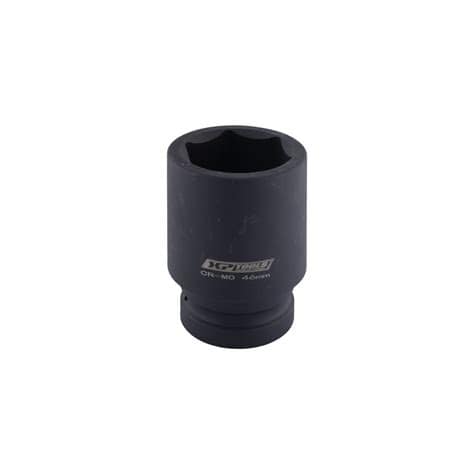
dk and how datasheets impact your design
Introduction to Datasheets Datasheets are essential documents that provide critical information about electronic components, including their specifications, features, and performance characteristics. They serve as a[…]
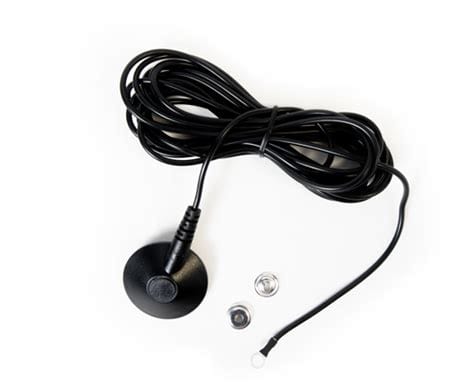
esd grounding requirements in your next pcb
What is ESD and Why is Proper Grounding Critical? Electrostatic discharge, commonly known as ESD, is a sudden flow of electricity between two electrically charged[…]

ferrite beads and transfer impedance pdn simulation
Introduction to Ferrite Beads Ferrite beads are passive electronic components that are widely used in electronic circuits to suppress high-frequency noise and electromagnetic interference (EMI).[…]
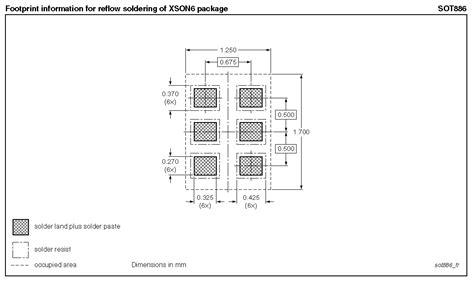
pcb land pattern design ipc 7351 standard
Introduction to PCB Land Patterns and the IPC-7351 Standard Printed Circuit Board (PCB) design is a complex process that involves various aspects, one of which[…]
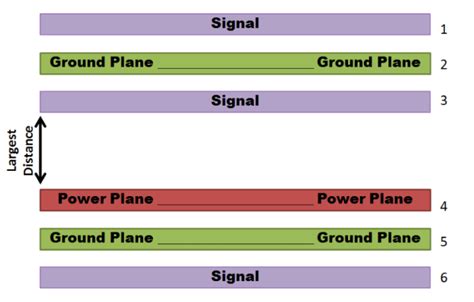
pcb layer stack
What is a PCB Layer Stack? A printed circuit board (PCB) layer stack refers to the arrangement and configuration of the various layers that make[…]
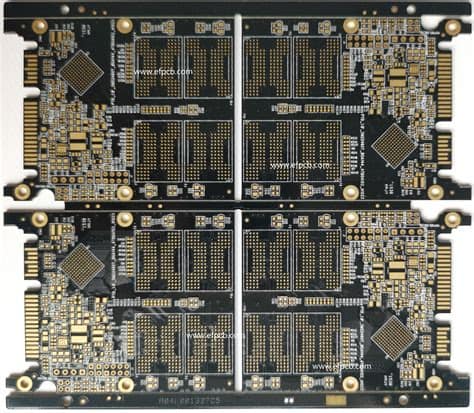
HDI PCB Design-Create the Most Suitable for Your Needs
What is an HDI PCB? An HDI PCB is a printed circuit board that features higher wiring density per unit area than traditional PCBs. This[…]
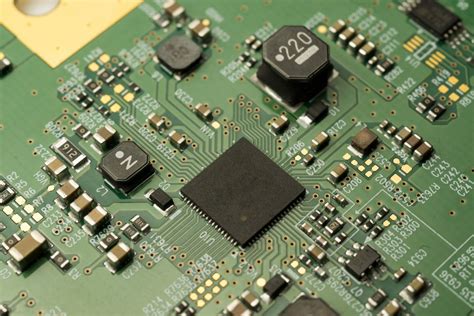
pcb layout cleanup manufacturing
Introduction to PCB Manufacturing Printed Circuit Board (PCB) manufacturing is a complex process that involves multiple steps, from designing the circuit to the final assembly[…]

How to Clean Flux From PCBs
Introduction to PCB Flux Cleaning Printed Circuit Boards (PCBs) are essential components in modern electronics. During the soldering process, flux is used to facilitate the[…]

How to Spray Photo Resist on PCB
What is Photoresist? Photoresist is a light-sensitive material that is applied to the surface of a PCB during the fabrication process. It is composed of[…]

Anyone has any ideas about PCB wire strain relief
What is PCB wire strain relief? PCB wire strain relief is a technique used to protect the electrical connections between wires and printed circuit boards[…]